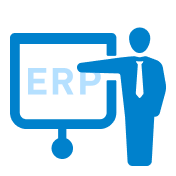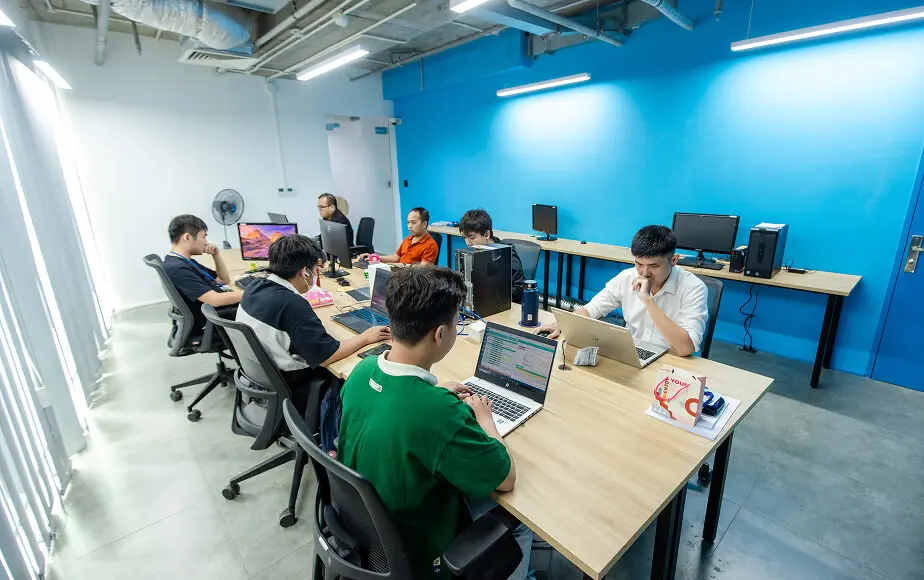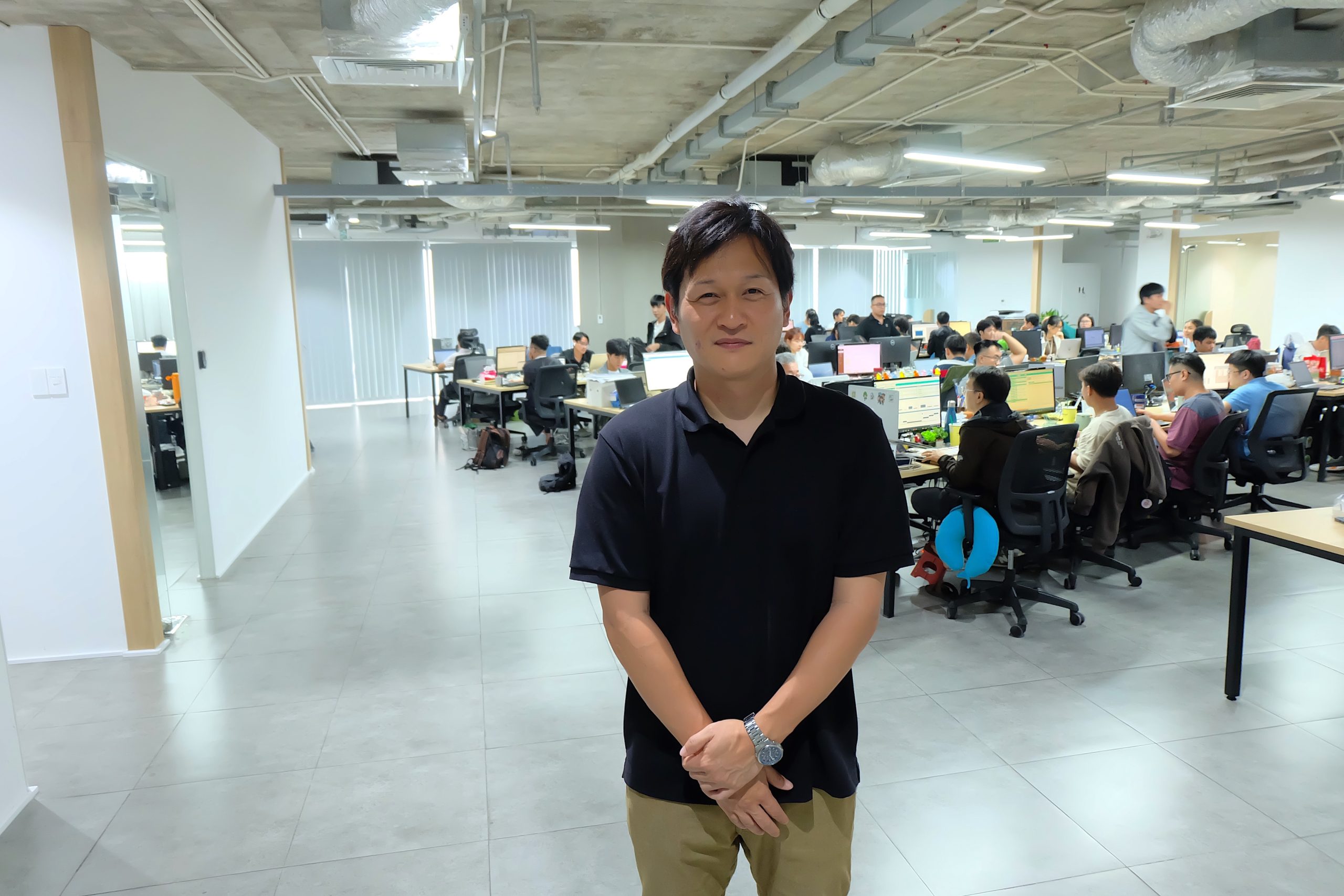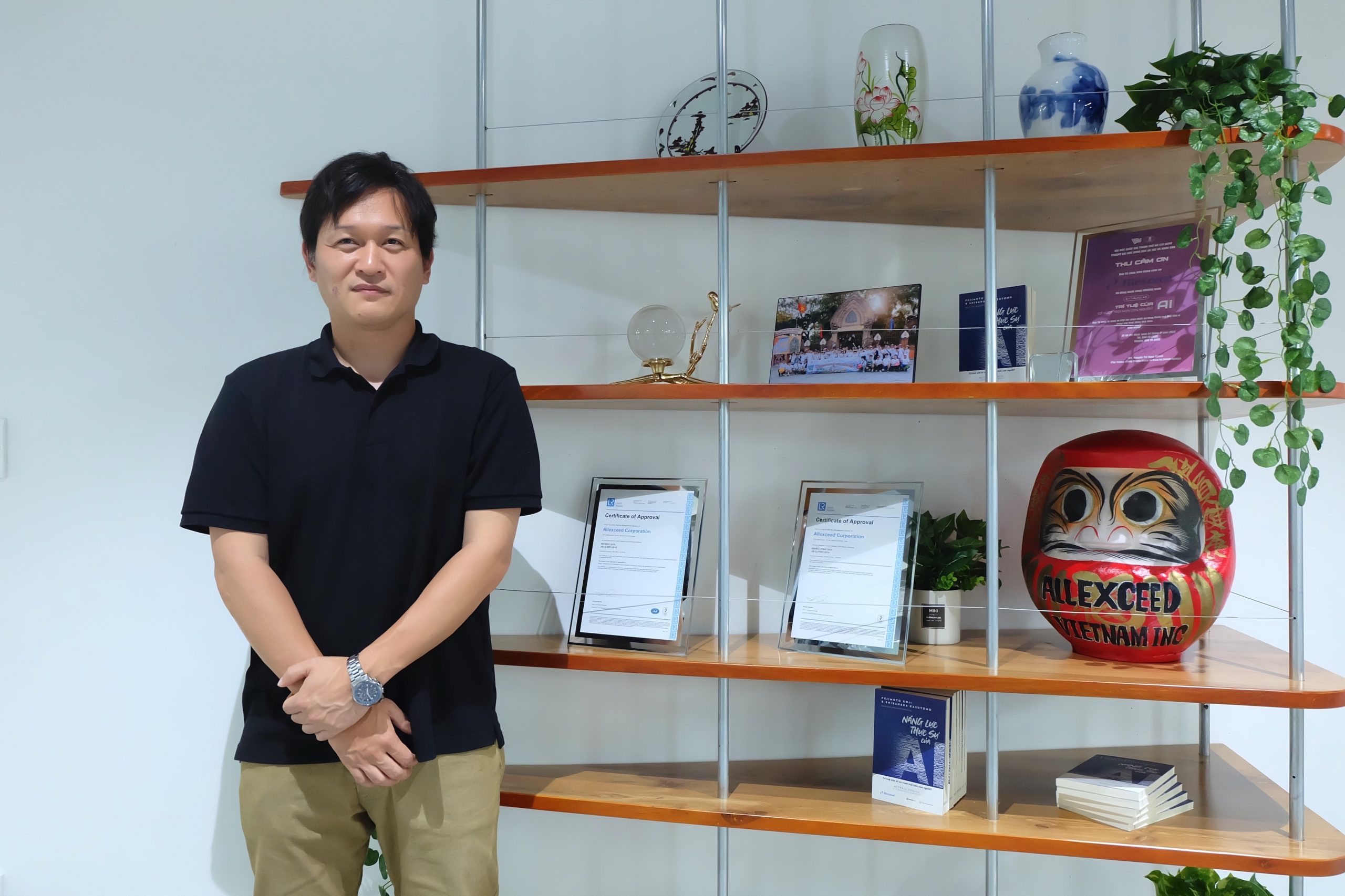2025/09/25
Share
 Framework Migration of a Legacy System and Oracle-to-PostgreSQL Database Migration
Framework Migration of a Legacy System and Oracle-to-PostgreSQL Database Migration
Project Overview
We migrated the existing system built on a legacy, customer-developed framework to the customer’s standardized new framework. In parallel, we unified the database platform by moving from Oracle to PostgreSQL. The transition delivered improved performance, enhanced security, better scalability, and easier maintainability.
Technology Stack & Tools
- Programming Language: JAVA
- Full-stack Framework: Customer’s in-house framework
- Database: PostgreSQL
- Cloud/Server/Infrastructure: WildFly Server
- Task Management Tool: Excel
Client Challenges
- While many newer systems had already been standardized on the new framework and PostgreSQL, several legacy systems still relied on the old framework and Oracle
- To improve operational efficiency, maintainability, and future extensibility, the application architecture and database platform needed to be unified
Client Requirements
- Migrate applications from the old framework to the new one
- Migrate the database from Oracle to PostgreSQL and align it with existing systems
- Ensure functional equivalence with the legacy system, preserving business logic and workflows
- Fully comply with the coding conventions provided by the client
- Follow the reference system structure supplied by the client
Our Proposal & Approach
To execute the migration quickly and reliably, we focused on business-logic equivalence and standardization, and proceeded step by step as follows.
Migration Planning
- Review existing design documents; create a module/function-based migration plan
- Standardize procedures, naming rules, and review criteria; align implementation practices
Database Migration
- Provision a PostgreSQL environment based on the client’s DB design
- Identify and optimize Oracle-specific dependencies (SQL, stored procedures, data types) for PostgreSQL (data-type mapping, sequence/trigger policies, index optimization, etc.)
Application Migration & Development
- Redesign directory layout, module boundaries, and layering according to the reference sample
- Rebuild screens using standard components of the new framework to improve consistency and maintainability
- Port features per action; cross-check requirements and processing logic to secure equivalence
- Enforce coding conventions (naming, exception handling, logging, testing) and institutionalize code reviews
Comparison & Quality Assurance
- Prepare parallel environments for the old and new systems; run with identical data sets
- Reconcile outputs at multiple levels (screens, reports, API responses); detect and correct variances
- Measure response times for key scenarios; identify performance bottlenecks and optimize





